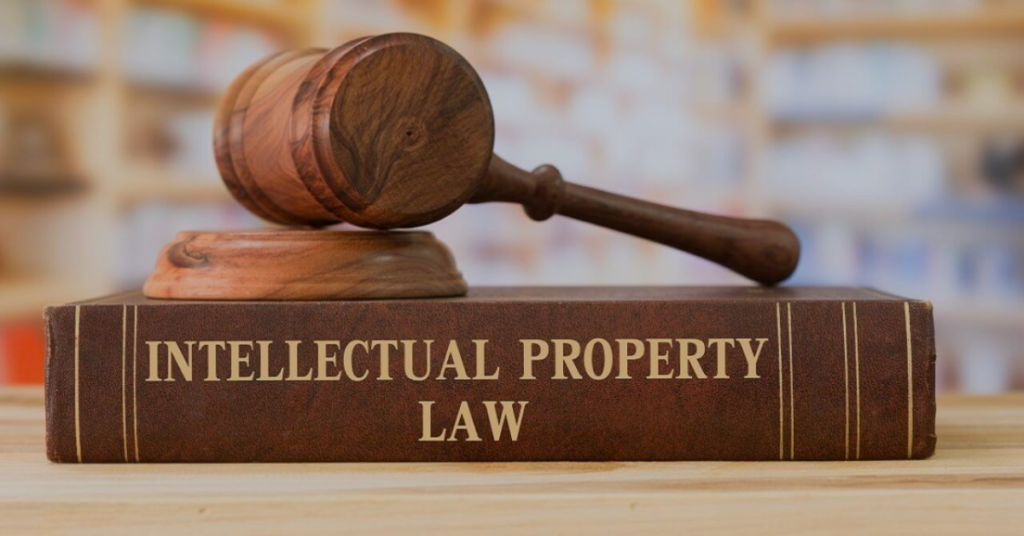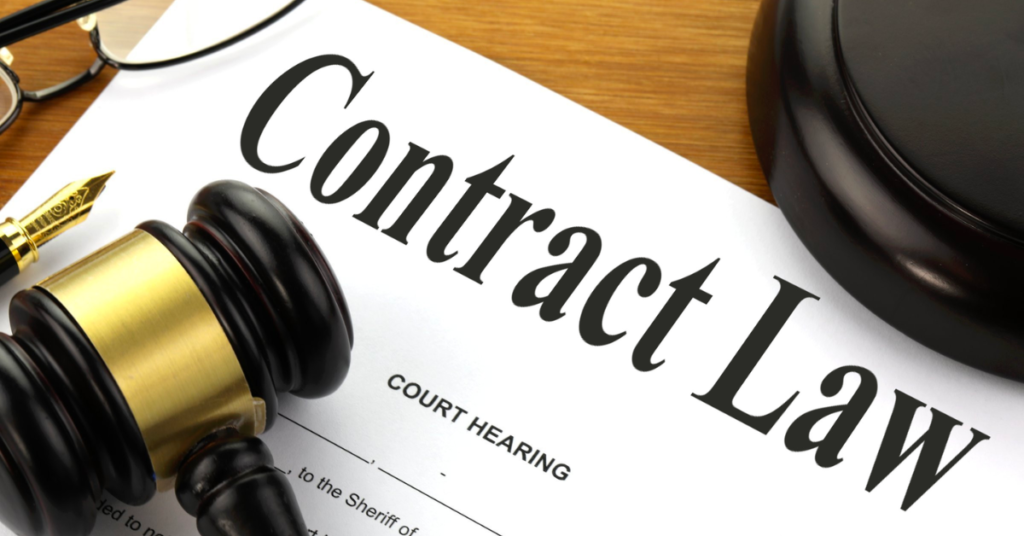Retrospective and Retroactive Amendments: Understanding Their Impact
Amendments to laws are a fundamental part of any dynamic legal system. They allow laws to adapt to changing social norms, technological advancements, and evolving societal needs. However, the application of these amendments raises complex questions, particularly when considering their effect on past events and actions. This is where the concepts of retrospective and retroactive amendments come into play. Understanding the nuances between these two types of amendments is crucial for both legal professionals and the general public to comprehend how laws impact individual rights and obligations. This article will delve into the intricacies of retrospective and retroactive amendments, explore their differences, analyze their constitutionality, and provide relevant examples.
What are Amendments?
Before discussing retrospective and retroactive amendments, it's important to define what an amendment is. An amendment is a formal alteration or addition to a law, constitution, or other legal document. Amendments are typically introduced to correct errors, address unforeseen issues, or to reflect changing social values. They are a mechanism for adapting the law to new realities and ensuring its continued relevance.
Retrospective Amendments: Looking Back at the Consequences
A retrospective amendment applies to events that occurred before the amendment's enactment but only affects future consequences related to those past events. It does not invalidate past actions that were legal at the time they were taken. Instead, it changes the legal implications for ongoing or future effects arising from those past actions.
In essence, a retrospective amendment alters the legal landscape from the moment it comes into effect, impacting how past events are viewed going forward.
Key Characteristics of Retrospective Amendments:
- Applies to past events: The amendment relates to events that have already occurred.
- Impacts future consequences: It affects the legal consequences of those past events that are unfolding in the present or future.
- Does not invalidate past actions: Actions that were legal when they occurred remain legal.
- Modifies existing rights and obligations: It can modify existing rights and obligations based on past events, but only prospectively.
Example of a Retrospective Amendment:
Imagine a tax law is amended to change the depreciation schedule for assets purchased before the amendment date. The amendment doesn't make the past tax filings incorrect. However, it does change how those assets will be depreciated for tax purposes in the future, impacting future tax liabilities. The original purchase, which was legal at the time, remains so, but its future financial implications are altered.
Retroactive Amendments: Re-writing the Past
A retroactive amendment goes a step further than a retrospective amendment. It applies to past events and changes the legal consequences of those events as if the amendment had been in effect at the time the events occurred. This means it can invalidate past actions that were legal when they were taken and impose new liabilities or obligations.
Retroactive amendments essentially attempt to "rewrite history" by altering the legal consequences of past conduct.
Key Characteristics of Retroactive Amendments:
- Applies to past events: The amendment directly relates to events that have already occurred.
- Changes past consequences: It alters the legal consequences of those past events as if the amendment was in force at the time.
- Can invalidate past actions: Actions that were legal when they occurred can be deemed illegal retroactively.
- Can create new liabilities: It can impose new liabilities or obligations for actions taken in the past.
Example of a Retroactive Amendment:
Consider a law that previously allowed a specific type of business deduction. A retroactive amendment could eliminate this deduction and require businesses that previously claimed it to amend their past tax returns and pay back the deducted amounts, including penalties and interest. This would retroactively change the legal consequences of their past actions.
Retrospective vs. Retroactive Amendments: Key Differences
The core difference lies in the extent to which the amendment affects past events. Retrospective amendments affect the future consequences of past events, while retroactive amendments directly alter the legal consequences of past events themselves. To clarify, the table below provides a comparison:
| Feature | Retrospective Amendment | Retroactive Amendment |
|---|---|---|
| Application | Applies to past events | Applies to past events |
| Impact | Impacts future consequences of past events | Changes the legal consequences of past events |
| Past Actions | Does not invalidate past actions | Can invalidate past actions |
| Liability | Modifies existing liabilities prospectively | Can create new liabilities retroactively |
| Rewriting History | No | Yes |
Constitutionality of Retrospective and Retroactive Amendments
The constitutionality of retrospective and retroactive amendments is a complex legal issue that varies depending on the jurisdiction. Many legal systems have safeguards in place to protect individuals from unfair or arbitrary retroactive application of laws.
General Principles:
- Presumption Against Retroactivity: Many legal systems have a general presumption against retroactive application of laws. This presumption is based on principles of fairness and due process.
- Vested Rights: Retroactive laws are often scrutinized when they interfere with vested rights, which are rights that have already been established and are legally protected.
- Ex Post Facto Laws: Most constitutions prohibit ex post facto laws, which are laws that criminalize actions that were legal when they were committed or that increase the penalty for a crime after it has been committed. This prohibition is specifically aimed at preventing retroactive criminal laws.
- Contract Clause: Some constitutions, like the US Constitution, have a Contract Clause that prohibits the government from impairing the obligation of contracts. Retroactive laws that significantly alter contractual obligations may be unconstitutional.
- Due Process: The Due Process Clause of many constitutions requires that laws be fair and reasonable. Retroactive laws that are considered arbitrary or unduly harsh may violate due process.
Factors Considered by Courts:
When determining the constitutionality of a retrospective or retroactive amendment, courts typically consider several factors, including:
- Legislative Intent: The court will examine the legislature's intent in enacting the amendment. If the legislature clearly intended the amendment to be retroactive, the court may be more likely to uphold it.
- Reliance Interests: The court will consider whether individuals or businesses relied on the prior law in making decisions. If significant reliance interests are affected, the court may be less likely to uphold the retroactive application of the amendment.
- Public Interest: The court will weigh the public interest served by the amendment against the potential harm to individuals or businesses. If the amendment serves an important public purpose, the court may be more willing to uphold it.
- Severity of the Impact: The court will consider the severity of the impact of the amendment on individuals or businesses. If the impact is significant, the court may be less likely to uphold the retroactive application of the amendment.
- Fair Warning: Did those affected have fair warning that the law could change?
- Reasonableness: Was the alteration of the law reasonable in relation to the purpose it seeks to accomplish?
Jurisdictional Differences:
It's important to note that the specific rules and principles governing the constitutionality of retrospective and retroactive amendments can vary significantly depending on the jurisdiction. Each country and even each state within a country may have its own unique legal framework and judicial precedent.
Specific Examples of Retrospective and Retroactive Amendments
To further illustrate the concepts, here are some additional examples:
Retrospective Amendment Example:
- Changes to Inheritance Tax Laws: Imagine a law is passed that increases the inheritance tax rate. This law might apply to estates of individuals who died before the amendment's effective date, but only for distributions made after the effective date. The past event (the death) triggers the tax, but the future distribution is subject to the new rate.
Retroactive Amendment Example:
- Changes to Statutes of Limitations: A statute of limitations sets a time limit for filing a lawsuit. A retroactive amendment could either shorten or lengthen the statute of limitations for claims that arose in the past. If shortened, it could bar lawsuits that were previously timely. If lengthened, it could revive claims that were previously barred. Such changes are often challenged in court.
Other Considerations:
- Remedial Legislation: Courts are often more willing to uphold retroactive amendments that are considered remedial, meaning they are designed to correct a problem or injustice in the prior law.
- Tax Laws: Retroactive tax laws are often subject to stricter scrutiny, as they can create significant financial hardship for taxpayers.
- Criminal Laws: As mentioned above, ex post facto laws, which are retroactive criminal laws, are generally prohibited.
Challenges Associated with Retroactive Amendments
Retroactive amendments can be particularly problematic due to the following reasons:
- Unfairness: Applying a law retroactively can be considered unfair because it punishes individuals or businesses for actions that were legal when they were taken.
- Disruption: Retroactive laws can disrupt settled expectations and create uncertainty in the legal system.
- Economic Impact: Retroactive laws can have a significant economic impact on individuals and businesses, particularly if they require them to pay back taxes or other amounts.
- Erosion of Trust: The use of retroactive laws can erode public trust in the legal system.
Conclusion
Understanding the difference between retrospective and retroactive amendments is crucial for navigating the legal landscape. While both types of amendments apply to past events, they differ in their impact. Retrospective amendments affect the future consequences of past events, while retroactive amendments alter the legal consequences of past events themselves.
The constitutionality of these amendments is a complex issue that depends on the specific jurisdiction, the nature of the amendment, and the circumstances of the case. Courts often scrutinize retroactive amendments, particularly those that interfere with vested rights or violate fundamental principles of fairness. While retrospective amendments are generally viewed with less skepticism, they are still subject to legal challenges. Careful consideration must be given to the potential impact and constitutionality before enacting any amendment that has retrospective or retroactive effects. As changes in laws are made, it is imperative to understand if and how those changes will impact what has already happened and how those changes will impact future events. This understanding can help ensure fairness and stability in the legal system.




